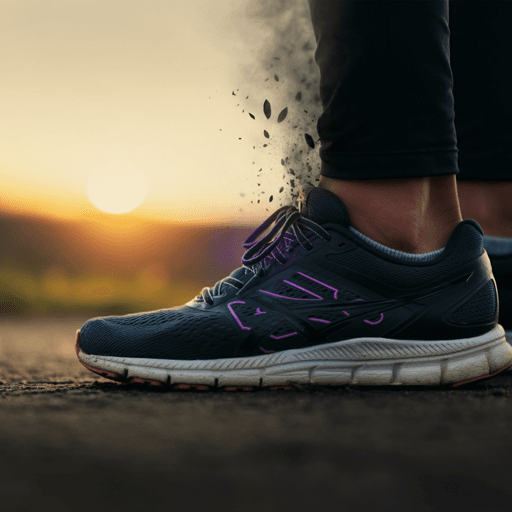
Medicine and Health
Effectiveness of physical activity interventions for improving depression, anxiety and distress: an overview of systematic reviews
B. Singh, T. Olds, et al.
This umbrella review of 97 reviews (1039 trials, 128,119 participants) shows physical activity delivers medium-sized reductions in depression, anxiety and psychological distress across adults — with the largest benefits in people with depression, HIV, kidney disease, pregnant/postpartum women and healthy individuals. Research conducted by Ben Singh, Timothy Olds, Rachel Curtis, Dorothea Dumuid, Rosa Virgara, Amanda Watson, Kimberley Szeto, Edward O'Connor, Ty Ferguson, Emily Eglitis, Aaron Miatke, Catherine EM Simpson and Carol Maher.
~3 min • Beginner • English
Related Publications
Explore these studies to deepen your understanding of the subject.







